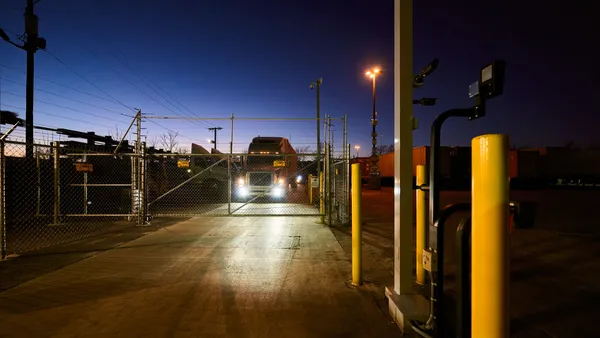Dive Brief:
- In 2010, manufacturing had more than 680,000 clean economy jobs, exceeding every other industry, Thomasnet.com reported.
- Assessing company level of sustainability is the first step in understanding where pro-environment actions or elimination of anti-environment behaviors can be implemented.
- Reducing waste and leveraging renewable energy sources are key in establishing a more sustainable workplace environment.
Dive Insight:
An increase in sustainability-focused decisions has become more common within the supply chain, and the results are clear: companies are seeing a 76% improvement in brand reputation; 55% stronger, longer-lasting supplier relationships, and a 48% improvement in rankings in green indices.
Ford Motors is one example of a manufacturer intent on applying sustainability practices through its Partnership for A Cleaner Environment (PACE) program. Ford chooses its suppliers based on their Carbon Disclosure Project (CDP) results; in particular, the amount of greenhouse gas emissions and water used in production. In its 2015/2016 Sustainability Report, 66% percent of chosen suppliers reported having an emissions reduction target, while 78% reported concern over climate change as a motivating business strategy. In addition, 41% reported a water-related reduction target or goal.













